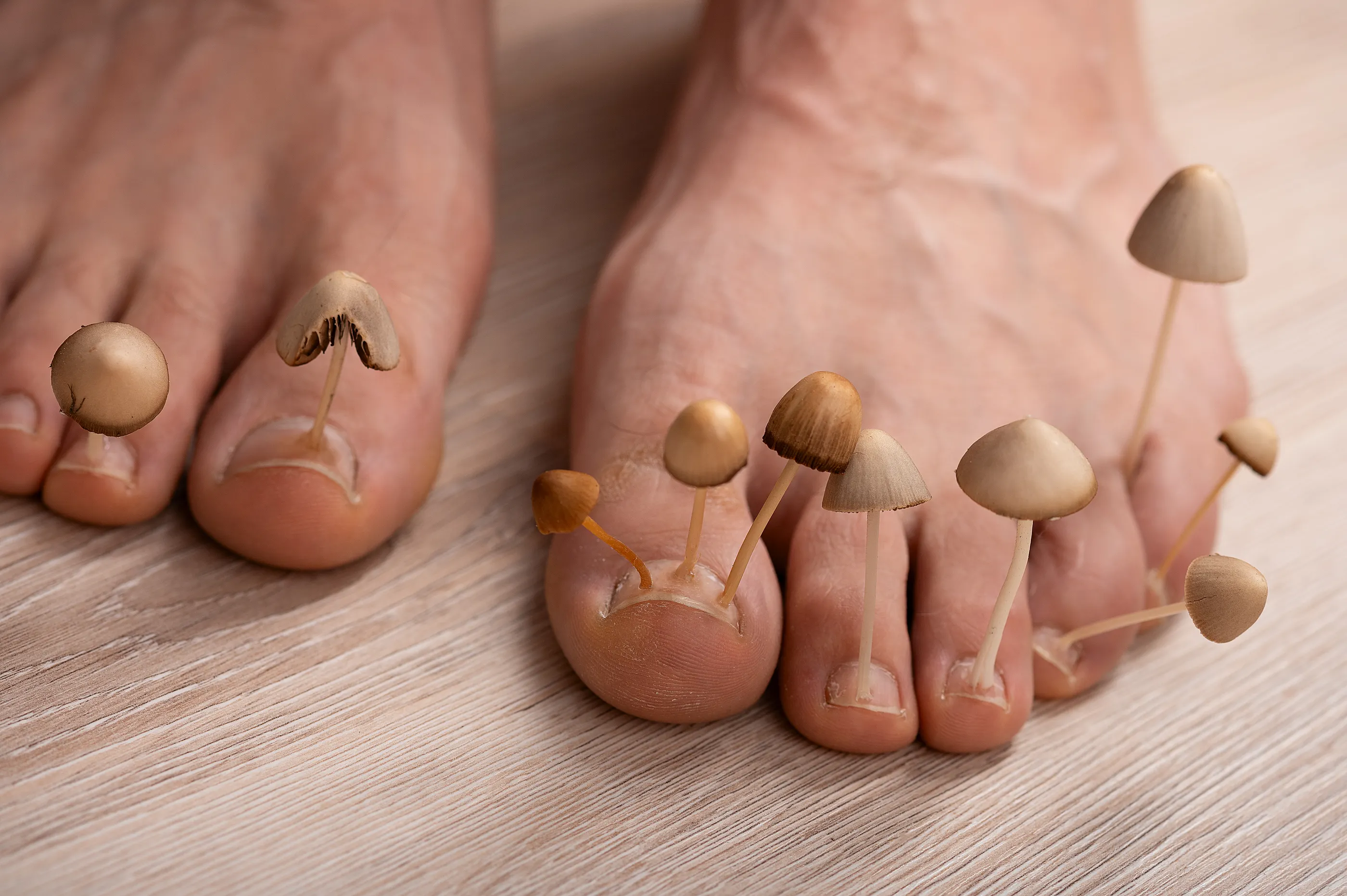Fight Fungal Infections Naturally: Your Guide to Managing Them at Home with Healthy Habits

Fungal infections are more common than you might think, affecting millions of people worldwide each year. Whether it’s athlete’s foot, ringworm, or a stubborn yeast infection, these pesky invaders thrive in warm, moist environments and can cause discomfort, itching, and irritation. While they can be frustrating, the great news is that many fungal infections can be effectively managed—and even prevented—right at home. By adopting simple, natural habits that promote a healthy environment for your skin and body, you can take control and reduce the risk of recurring infections without relying solely on medications.
In this guide, we’ll walk you through practical, easy-to-follow strategies for fighting fungal infections naturally. From maintaining proper hygiene and choosing breathable clothing to supporting your immune system through nutrition and stress management, these healthy habits work together to create an inhospitable environment for fungi. Empower yourself with knowledge and lifestyle changes that not only clear up infections but also strengthen your overall health. Say goodbye to discomfort and hello to a healthier, fungus-free you!
1. Understand the Basics of Fungal Infections
Fungal infections occur when fungi, tiny organisms that live on the skin and in the environment, grow uncontrollably. Common types include athlete’s foot, ringworm, yeast infections, and nail fungus. These infections thrive in warm, moist environments, so keeping the affected area clean and dry is essential.
2. Maintain Good Hygiene
Proper hygiene is the cornerstone of managing and preventing fungal infections:
Keep the affected area clean and dry: Wash the area gently with mild soap and water daily, then dry thoroughly, especially between skin folds and toes.
Change clothes regularly: Wear clean, breathable clothing made from natural fibers like cotton to reduce moisture buildup.
Avoid sharing personal items: Towels, socks, shoes, and nail clippers can spread fungal infections.
Use antifungal powders or sprays: These can help keep areas dry and reduce fungal growth.
3. Use Over-the-Counter Treatments Wisely
Many fungal infections respond well to topical antifungal creams, ointments, or sprays available at pharmacies. Follow these tips:
Choose the right product: Look for active ingredients like clotrimazole, miconazole, or terbinafine.
Apply as directed: Use the medication for the full recommended duration, even if symptoms improve early.
Avoid self-medicating for severe infections: If the infection worsens or doesn’t improve within two weeks, consult a healthcare professional.

4. Support Your Immune System
A strong immune system helps your body fight off fungal infections naturally. Incorporate these healthy lifestyle habits:
Eat a balanced diet: Focus on fruits, vegetables, whole grains, lean proteins, and probiotics like yogurt to support gut health.
Stay hydrated: Drinking plenty of water helps flush toxins and supports overall health.
Get adequate sleep: Aim for 7-9 hours per night to allow your body to repair and strengthen immunity. Manage stress: Chronic stress can weaken immune defenses, so practice relaxation techniques such as meditation, deep breathing, or gentle exercise.
5. Prevent Moisture and Heat Build-Up
Fungi thrive in moist, warm environments, so controlling moisture is key:
Dry yourself thoroughly after bathing or swimming.
Use moisture-wicking socks and change them daily.
Rotate shoes to allow them to dry completely between uses.
Avoid tight clothing that traps sweat.
6. Practice Safe Habits in Communal Areas
Public pools, gyms, and locker rooms are common places to pick up fungal infections:
Wear flip-flops or shower shoes in communal showers and pool areas.
Use your own towel and avoid sitting directly on shared benches.
When to See a Doctor
While many fungal infections can be managed at home, seek medical advice if you experience:
Severe redness, swelling, or pain
Spread of the infection despite treatment
Recurring infections
Signs of a secondary bacterial infection (pus, fever)

Conclusions
Managing fungal infections at home is possible with consistent hygiene, appropriate use of antifungal treatments, and lifestyle adjustments that support your immune system. By keeping the affected areas clean and dry, choosing breathable clothing, and maintaining a healthy lifestyle, you can speed recovery and reduce the risk of future infections. Remember, if symptoms persist or worsen, consult a healthcare professional for proper diagnosis and treatment.
Related Articles

The key is adopting a balanced, sustainable lifestyle that combines nutritious eating, regular physical activity, and mindful habits. Here’s a practical guide on how to lose weight at home while maintaining a healthy lifestyle.
Copyright 2021 by Valleant Health. All rights reserved.
This site is not a part of the Youtube website or Youtube Inc. Additionally, This site is NOT endorsed by Youtube in any way. YOUTUBE is a trademark of YOUTUBE, Inc.



